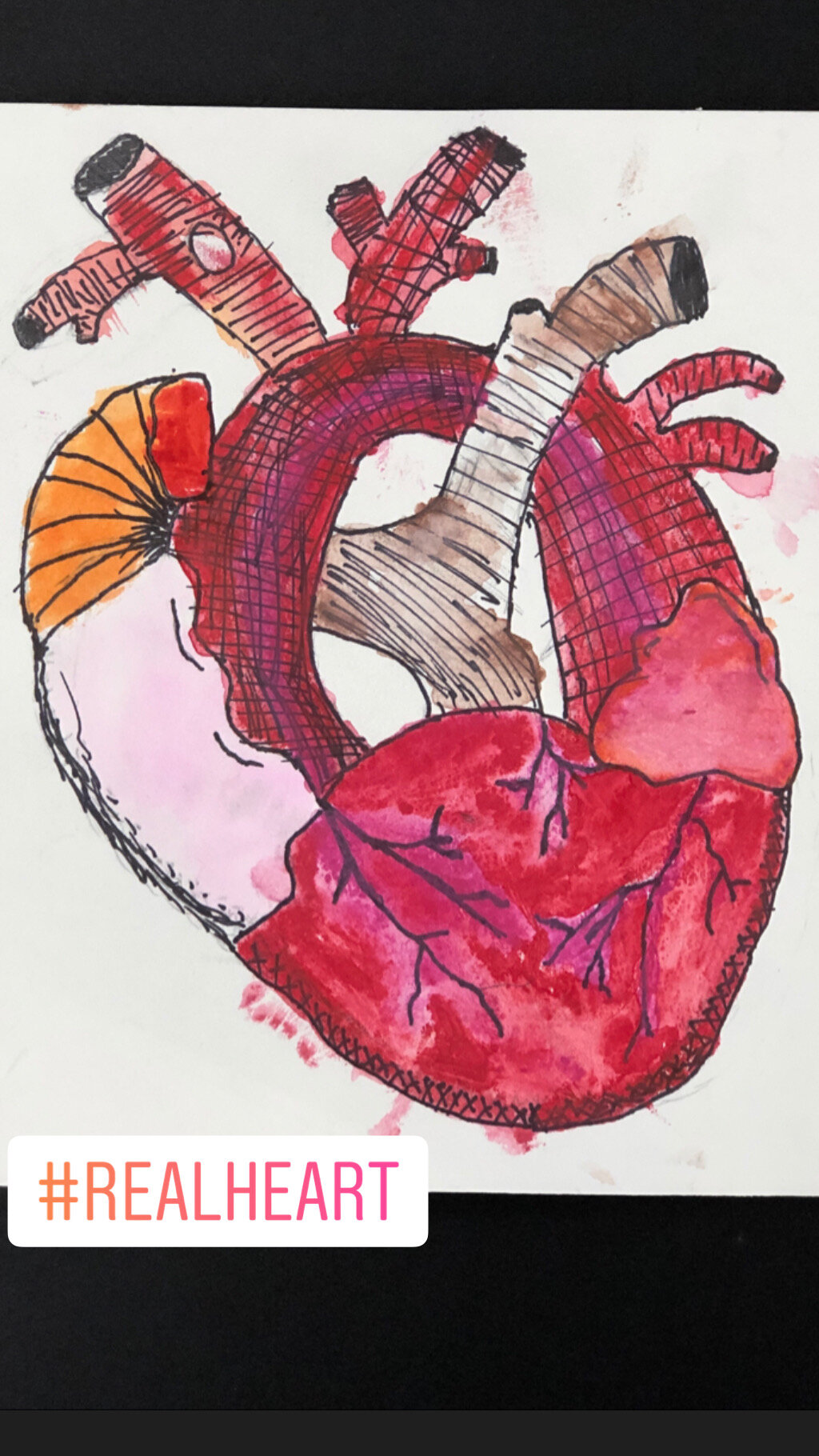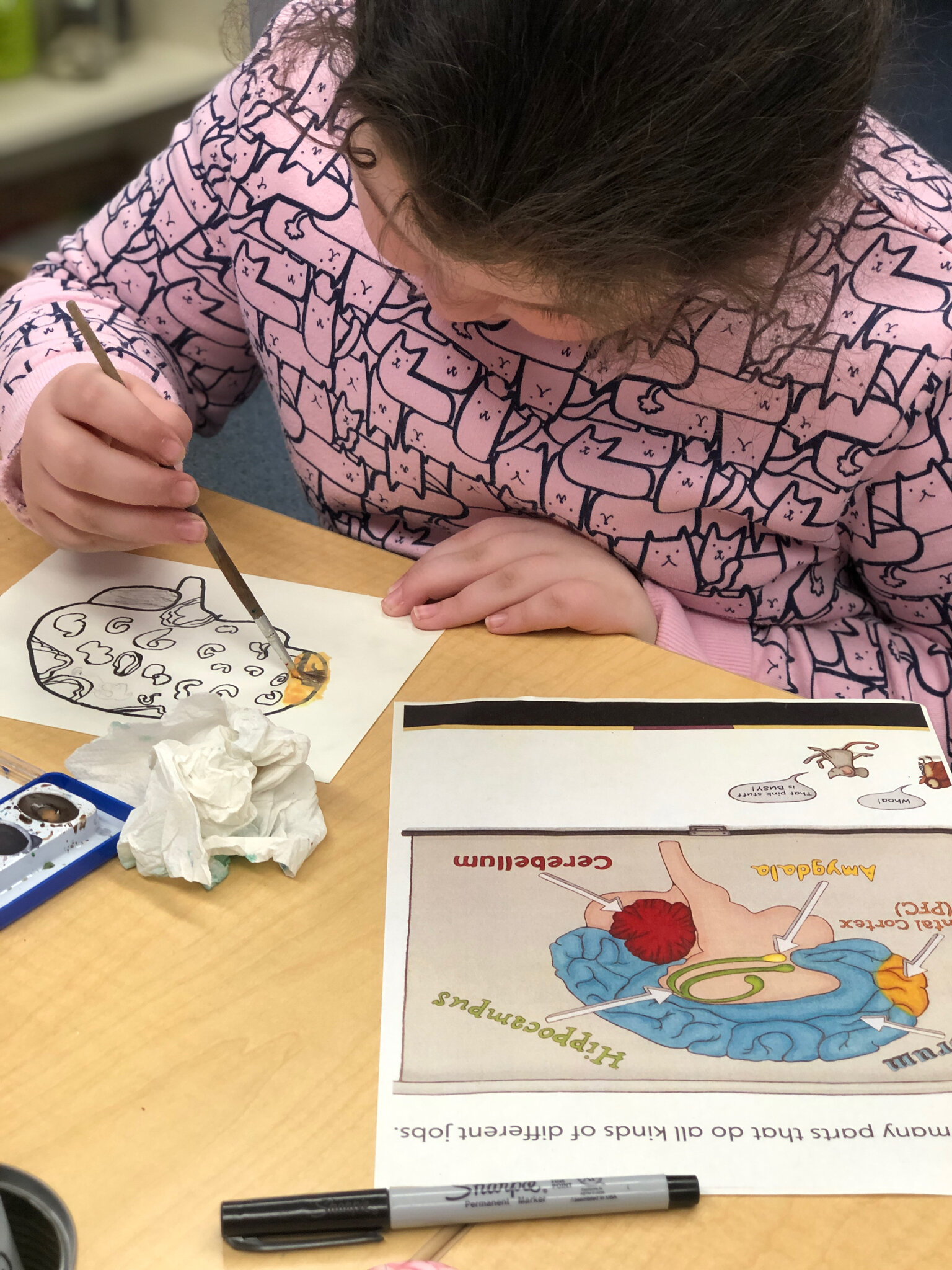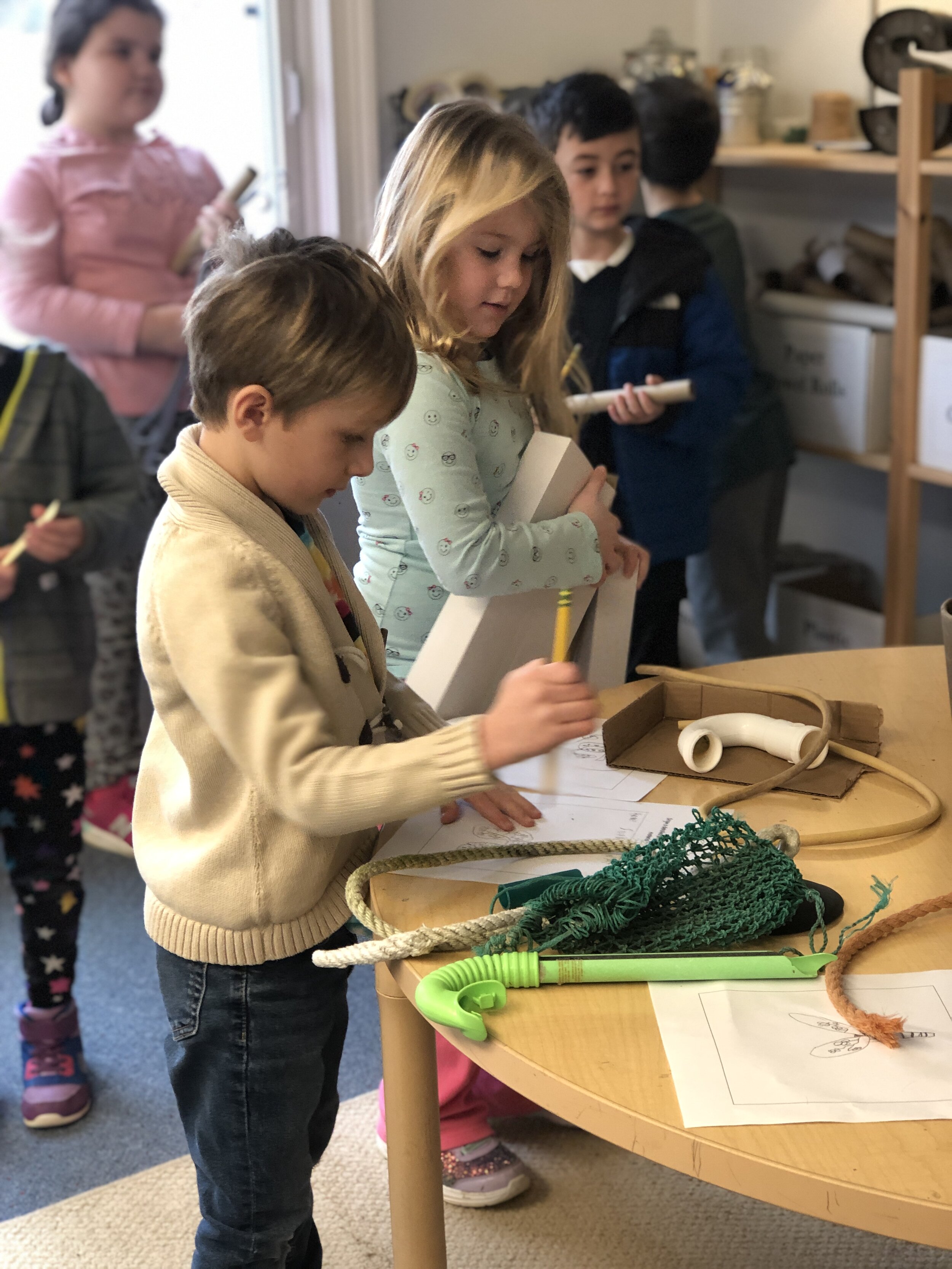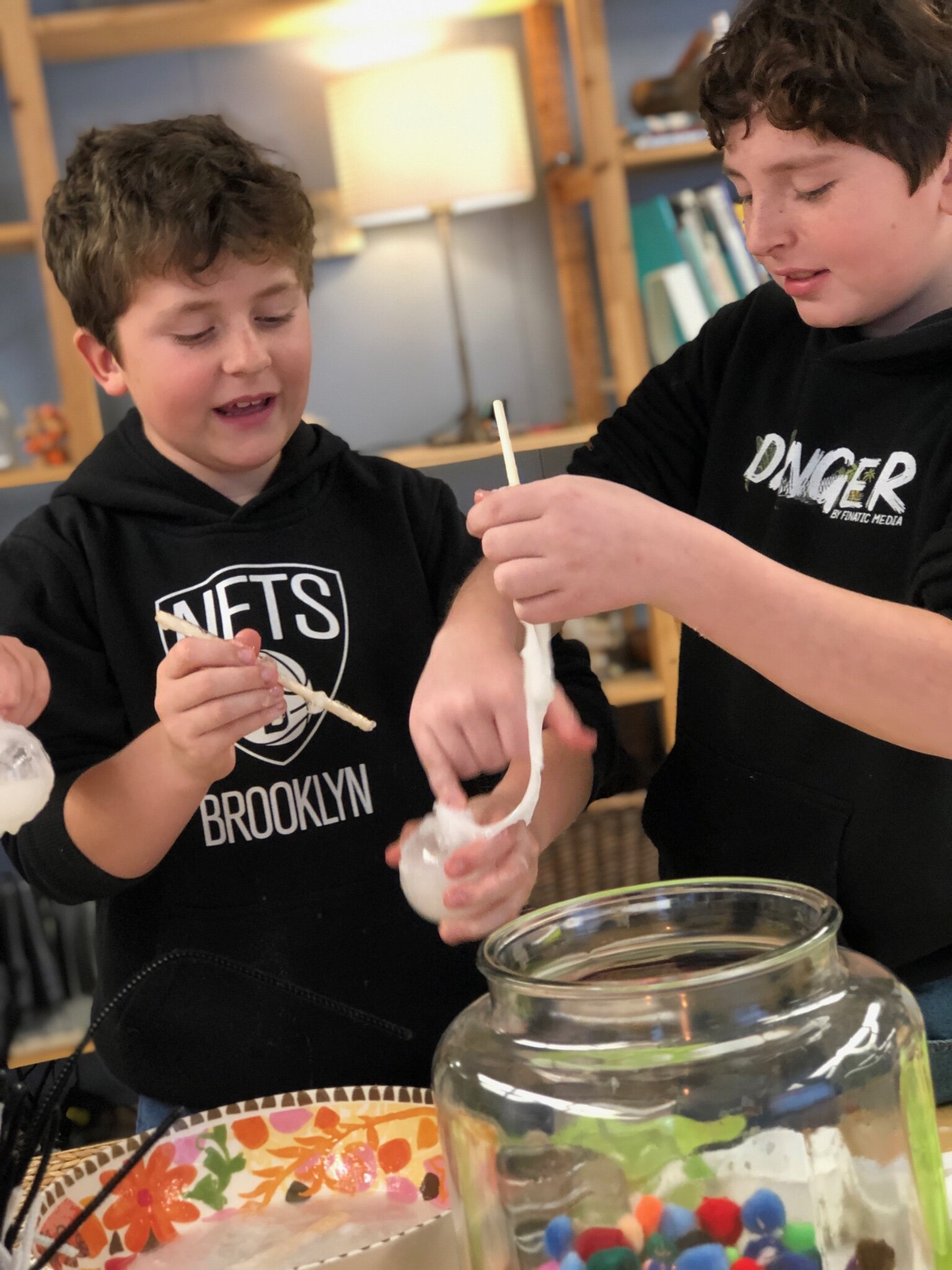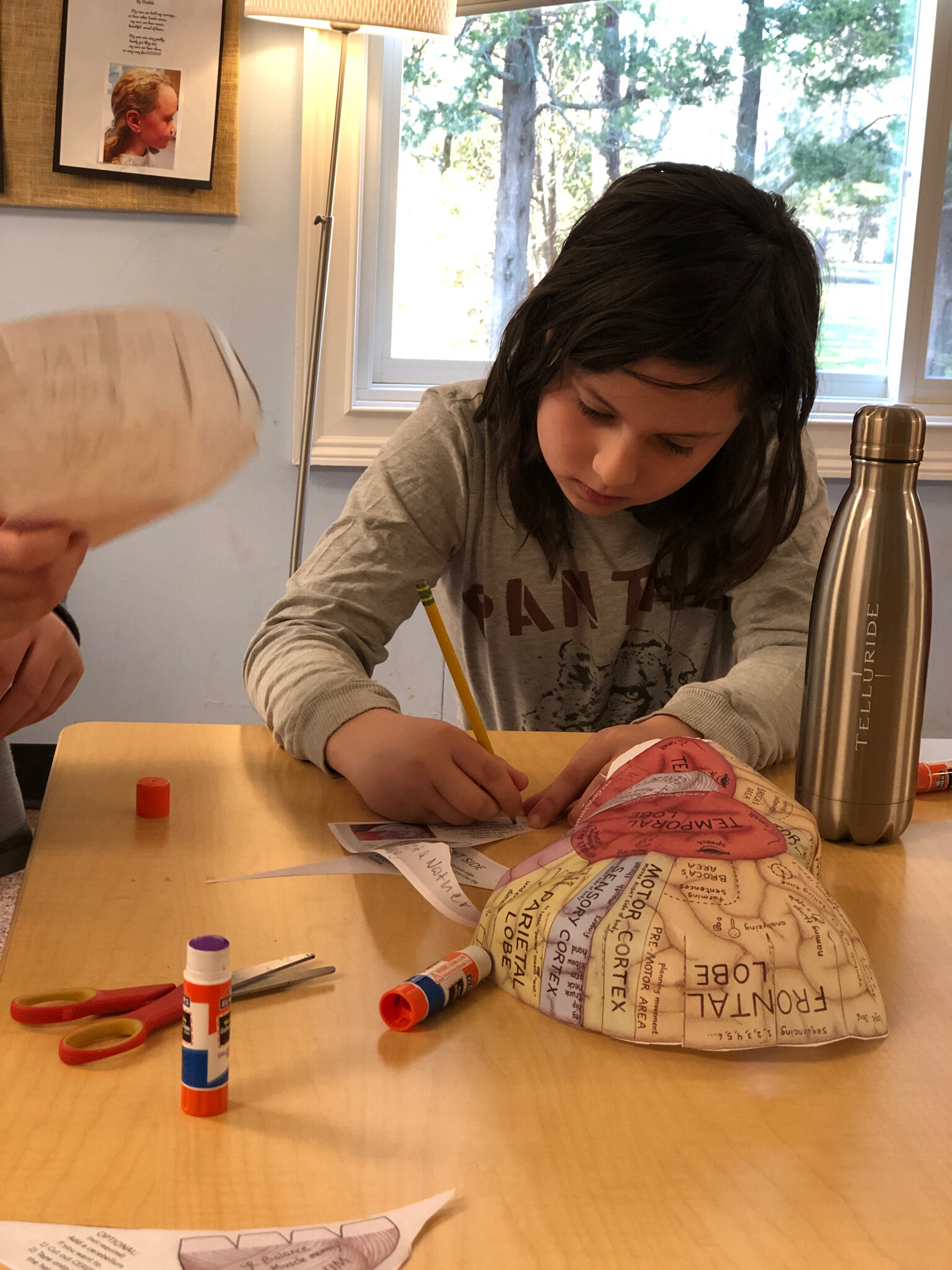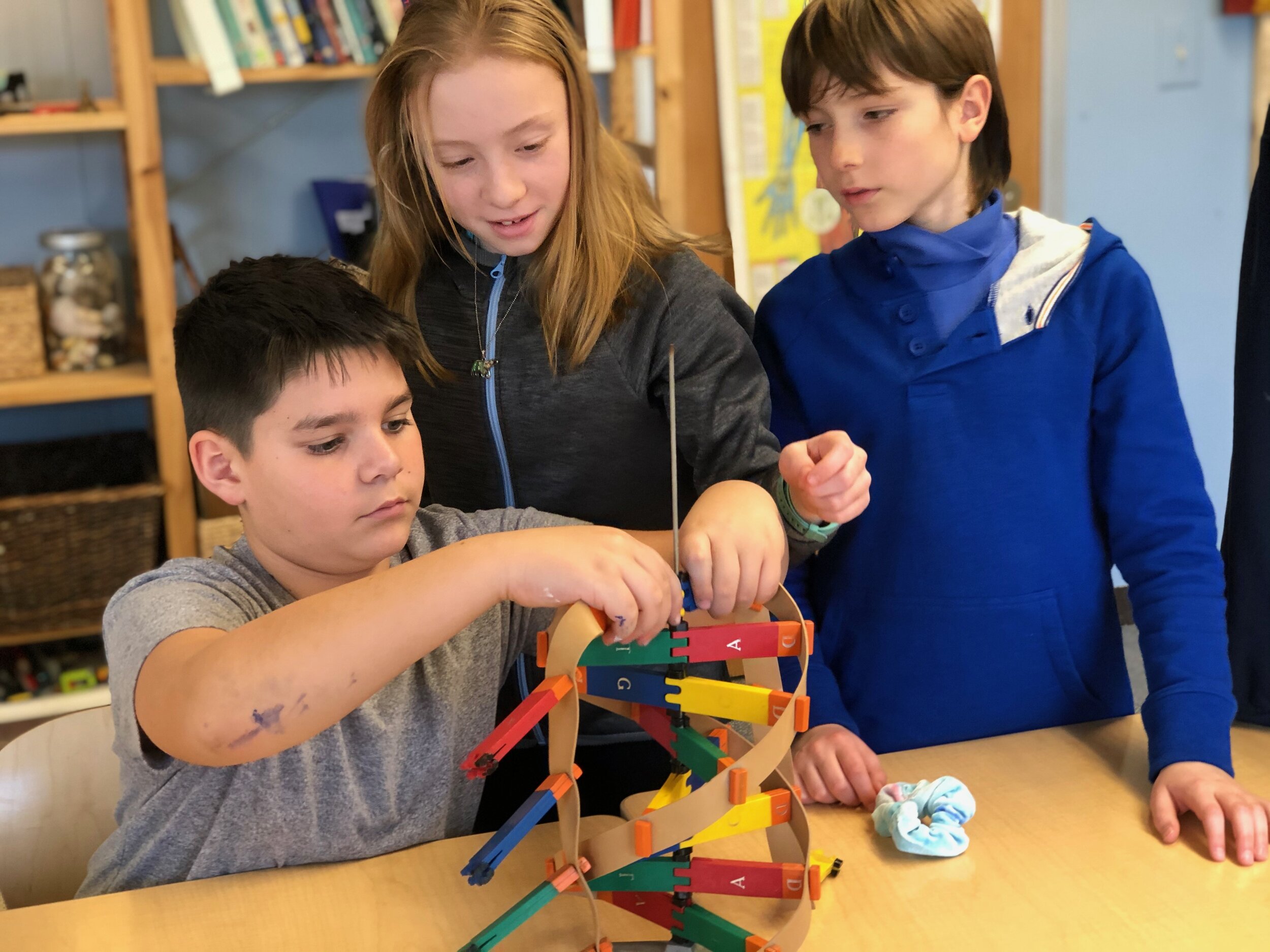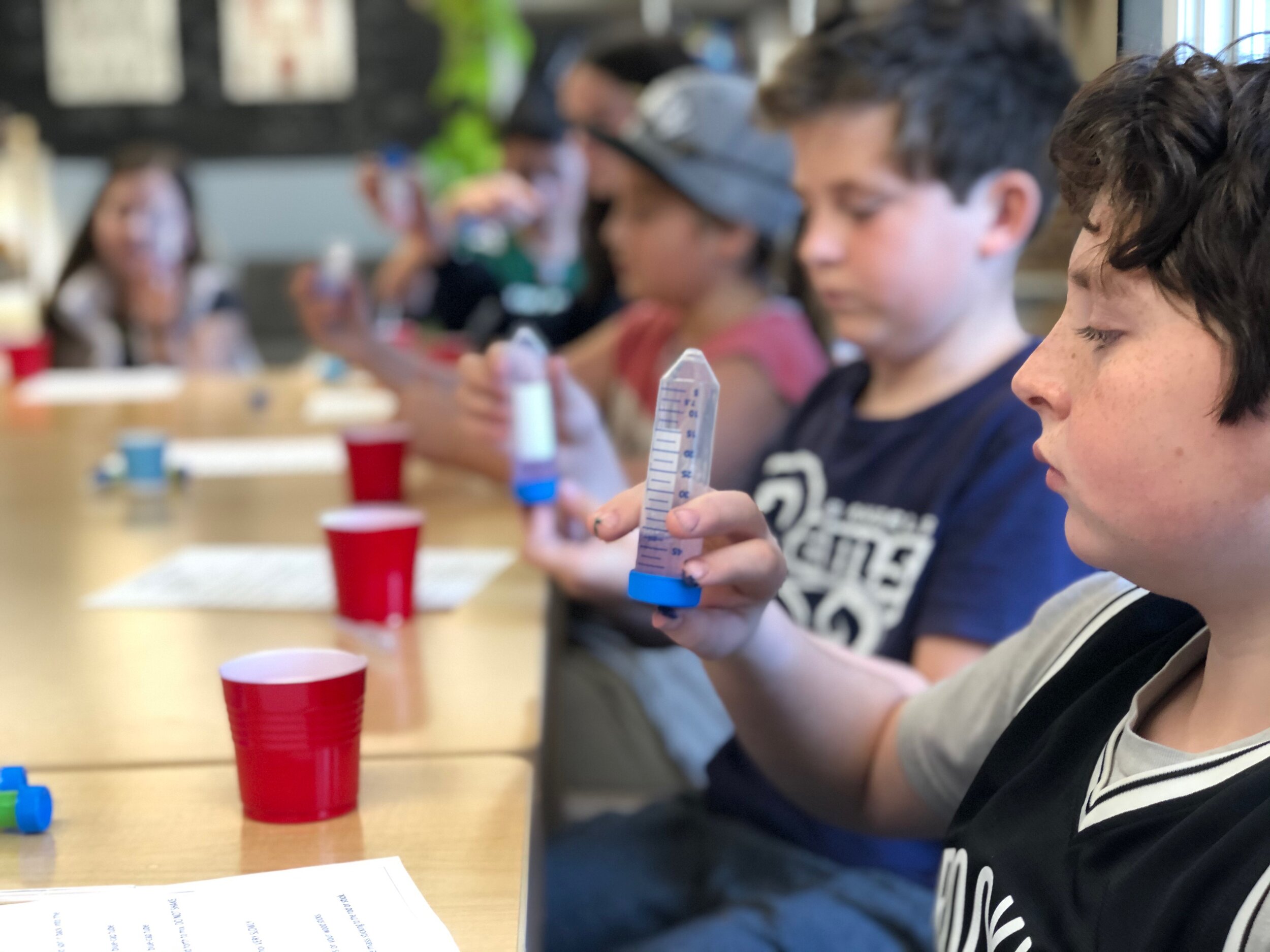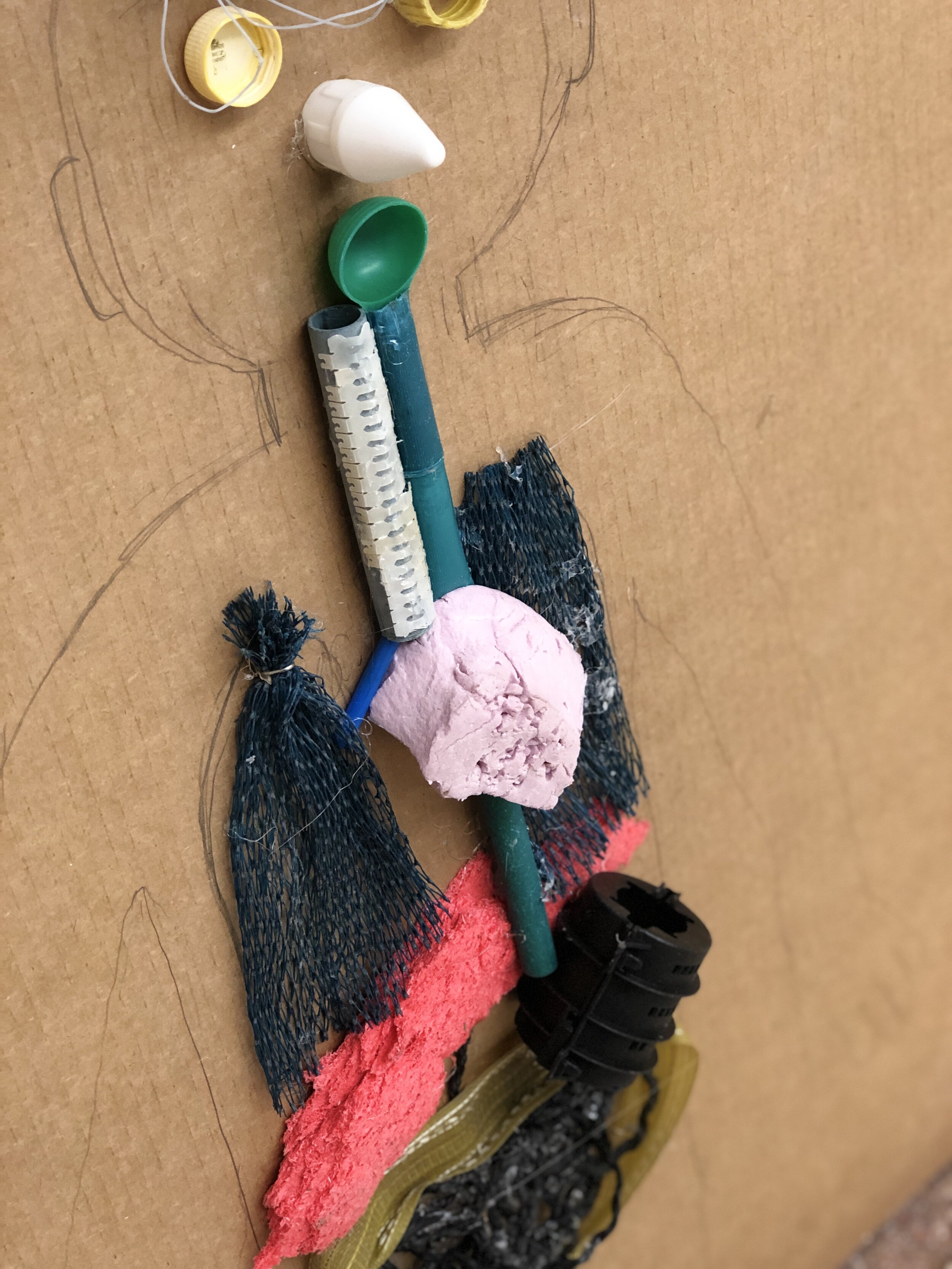Notes from the Field: Learning Comes to Life, Winter 2020
What happens when you combine learner-centered, project-based learning with a trimester-long Integrated Unit on the human body? Learning comes to life, of course!
This trimester, PCS students are taking the pulse of what they already know about the body and what they wonder. Their blood is pumping as we get knee-deep into hands-on experiences -- creating life-sized circulatory systems; modeling cells with cytoplasm and nuclei; and chasing neurotransmitters from axon to dendrite in a game of synapse tag during fresh air time. Mathematicians are getting to the heart of the matter, measuring the ratio of their limbs and finding the angles their joints can make. Scientists are breathing life into functioning respiratory systems, and artists are coming face to face with their physical human form as they study portraiture, gesture drawing, and posable sculpture.
What happens when you combine learner-centered, project-based learning with a trimester-long Integrated Unit on the human body? Learning comes to life, of course!
This trimester, PCS students are taking the pulse of what they already know about the body and what they wonder. Their blood is pumping as we get knee-deep into hands-on experiences -- creating life-sized circulatory systems; modeling cells with cytoplasm and nuclei; and chasing neurotransmitters from axon to dendrite in a game of synapse tag during fresh air time. Mathematicians are getting to the heart of the matter, measuring the ratio of their limbs and finding the angles their joints can make. Scientists are breathing life into functioning respiratory systems, and artists are coming face to face with their physical human form as they study portraiture, gesture drawing, and posable sculpture.
THE HUMAN BODY | Integrated Study Unit
Kindergarten began the human body unit considering the best parts of themselves before moving on to research the body systems and structures that will answer their questions about how their bodies work, think: where does food go? why do we sneeze? what is a germ?
The Integrated Unit balances open-ended hands-on explorations (finding out how the five senses work together in Early Childhood) with more formal inquiry (working through the design process — design, plan, build, test, reflect, revise — to synthesize concepts and construction in LP’s STEAM center).
5TH ANNUAL PCS MAKER FAIR | Saturday, April 25th
SATURDAY, APRIL 25this our5th Annual PCS MAKER FAIR!The Maker Fair is a family-friendly festival drawing more than 40 local woodworkers, scientists, artists, makers, creators and performers to demonstrate their trades, share their passions, and celebrate the innovation, creativity and resourcefulness at the heart of the Maker Movement. PCS will be open for tours, students will host Maker Spaces in the classrooms, and food trucks will be on hand to fuel hungry Makers and visitors all afternoon!
PCS IN THE NEWS |Learning in Practice
Have you seen PCS in the local press this winter? Our students and teachers have been turning learning into practice, taking the PCS mission from the classroom into the world around them, and the community has taken note! Follow the link below to read articles authored by PCS students and staff.
DIGITAL CITIZENSHIP | Screenagers 3.26.20
Recognizing that with technology comes responsibility, PCS is actively engaging our students and parents in how to become responsible citizens in their online life. As part of this initiative, we invite the community to a viewing of SCREENAGERS: Growing Up in the Digital Age here at PCS on Thursday, March 26th at 7pm.
2020-21 ENROLLMENT | Applications Open Online
Applications for the 2020-21 school year are open and available on our website.
OPEN HOUSE | 3.7.20
Interested in learning more about Peconic Community School and our unique approach to learner-centered, project-based education? Please join us Saturday, March 7th from 11am to 1pm for an Open House, tours of the school and conversation with our co-directors about PCS education. RSVP toliz@www.aficd.com.
When it comes to investigating the microscopic aspects of the human body, students are taking learning into their own hands. Upper Primary students have created atom models with Borax cytoplasm, nuclei, and corresponding parts, and Middle Primary neuroscientists fabricated neurons and synapses from modeling clay.
Combining the elements of sustained shared study around a broad theme, specialization in the classrooms, and the flexibility to follow emerging student interests, the Integrated Unit both challenges students to collaborate with peers to generate complex work and provides plenty of opportunities to differentiate learning to match individual learning styles.




